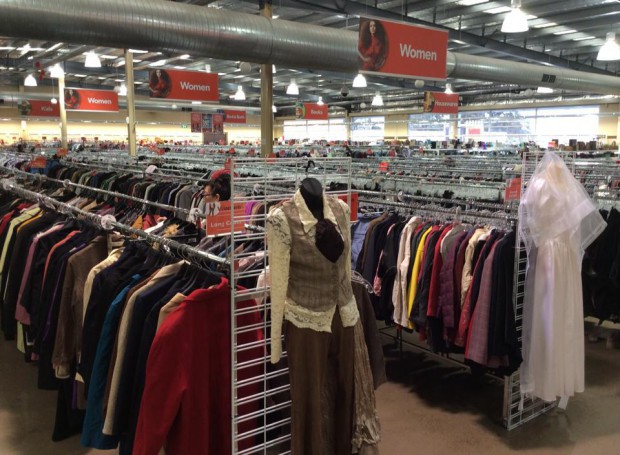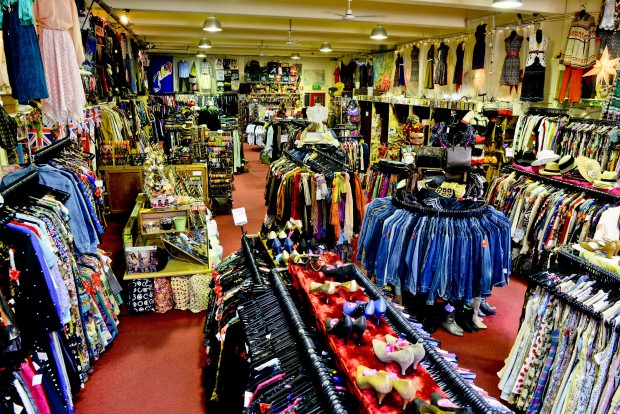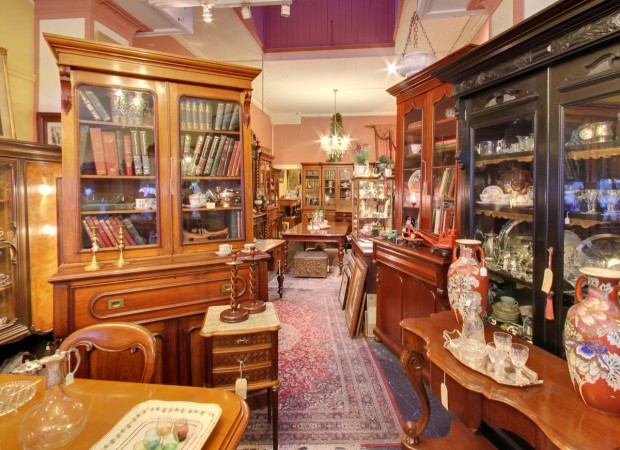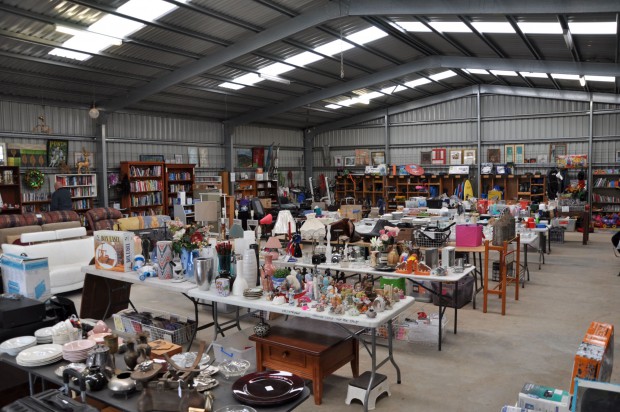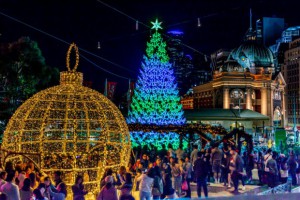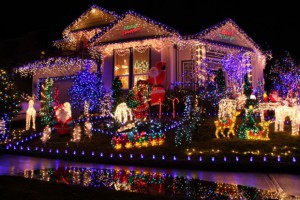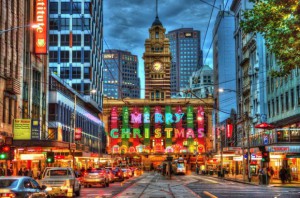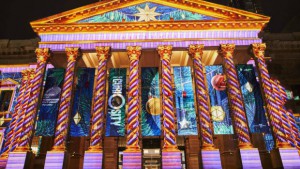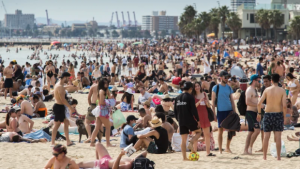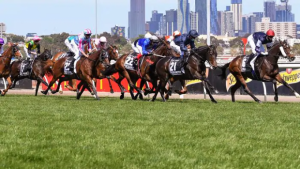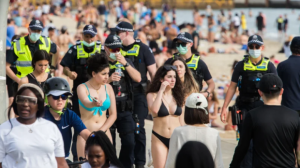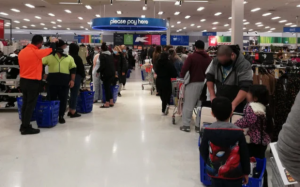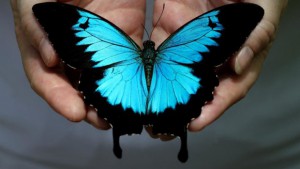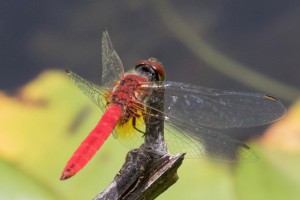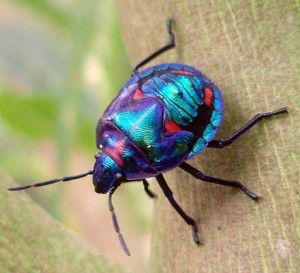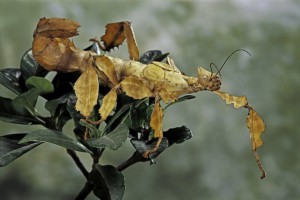Caravanning is a fun way to travel around Australia. It’s like having a cozy little home on wheels that you can take anywhere! Let’s talk about why caravaning in Australia is so cool:

1. Exploring Everywhere: With a caravan, you can go to lots of interesting places. You can see big deserts, lush forests, and beautiful beaches. There’s something for everyone!

2. Freedom to Choose: When you’re caravaning, you can decide where to go and how long to stay. You’re not stuck in one place. If you like a spot, you can stay longer. If not, you can move on!

3. Nature Fun: Australia is full of amazing nature. When you’re caravaning, you can wake up to the sound of birds, see kangaroos hopping around, and even count the stars at night. It’s like having a big adventure every day!

4. Making Friends: Caravan parks are like big communities. You’ll meet other travelers who are also exploring Australia. You can share stories, play games, and make new friends. It’s a lot of fun!

5. Getting Ready: Before you go caravaning, make sure your caravan is ready. Check that everything works well and pack enough food and water. It’s important to be prepared, especially if you’re going to remote places.

So, if you want to have a super fun adventure in Australia, why not try caravaning? It’s a great way to see the country and make memories that you’ll never forget!
Q’s オーストラリアレポート
Zip Lining!
Q's オーストラリアレポート
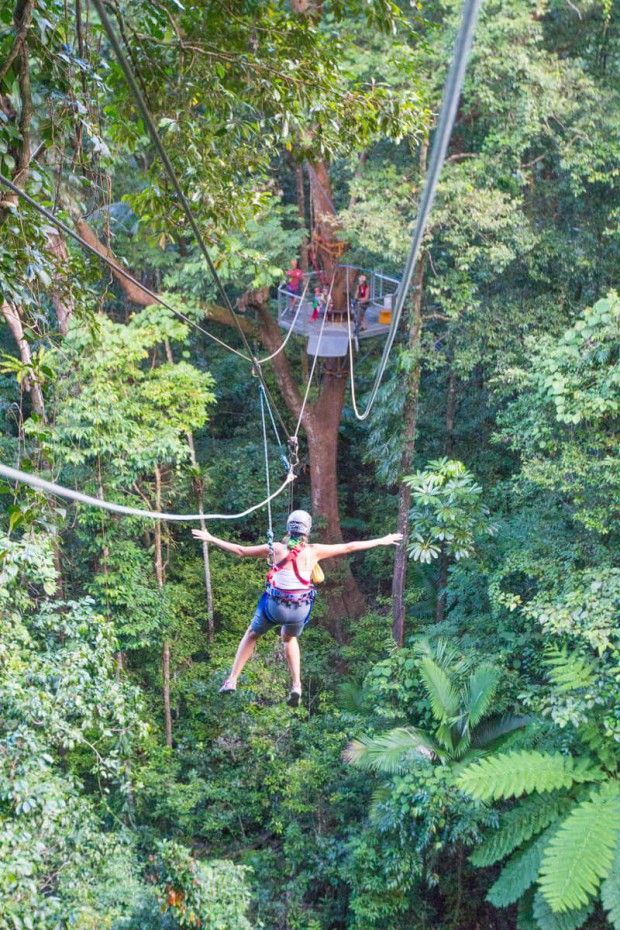
Zip lines have become a pretty popular activity recently. A zip line is a pulley suspended on a cable, usually made of stainless steel, mounted on a slope. In Australia, New Zealand, and Scotland, we usually call them ‘flying foxes’. In some places they are also called zip-wires or death slides!

Zip lines are made for many purposes. Some are small and safe for children’s playgrounds. Others are strung up high in the canopy of rain forests for Eco-tourism. There are some that carry thrill-seekers over vast gorges, among skyscrapers in the city, and even over crocodile-infested waters.
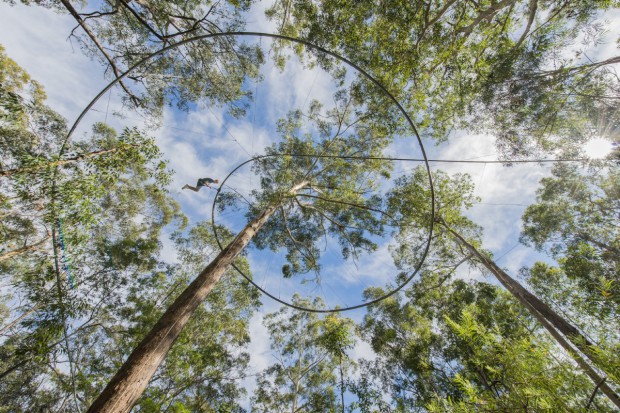
Historically, zip lines have been used for things other than fun. In the Australian outback, zip-lines were sometimes used for delivering necessities to people working in or on the other side of a valley. In some places they are set up over rivers to move supplies during extreme flooding.

The world’s longest zip-line is probably the ‘Jebel Jais Flight’ from one of the peaks of the Jebel Jais mountain in the United Arab Emirates. A single line is 2,831.88 meters long! The highest zip line is the ‘La Tyrolienne’ in Val Thorens, France. Its highest point is 3230 meters above sea level!
Having a baby in Australia: parental leave
Q's オーストラリアレポート
One area of life that is different between Australia and Japan is when it comes to having a baby. In Australia, employees are entitled to up to 12 months of unpaid parental leave and have a right to return to their old job. Employees are able to take parental leave if they have worked for their employer for at least 12 months.
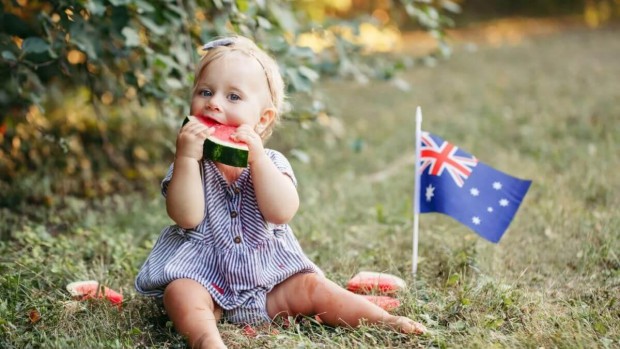
Employees who are the primary carer of a newborn child get up to 18 weeks Parental Leave Pay(PLP) which is paid at the National Minimum Wage (about $3350/month AUD). The PLP is broken into two parts: the first period is a set period of 12 weeks within 12 months of the birth; the second period allows an employee to use up to 30 days of flexible PLP taken within 24 months of the birth.
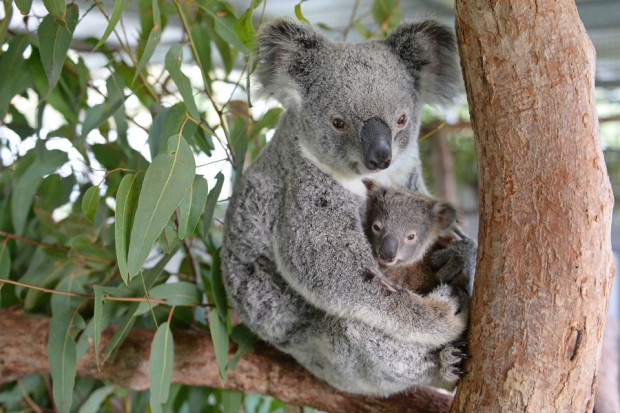
Eligible working dads and partners get 2 weeks leave paid at the National Minimum Wage. However, only about 5% of fathers take paid parental leave as the primary carer and only 25% take any leave at all. Australian entitlements, while better than some countries, are well behind average among developed countries. There is currently some talk in the media and political circles about increasing it.
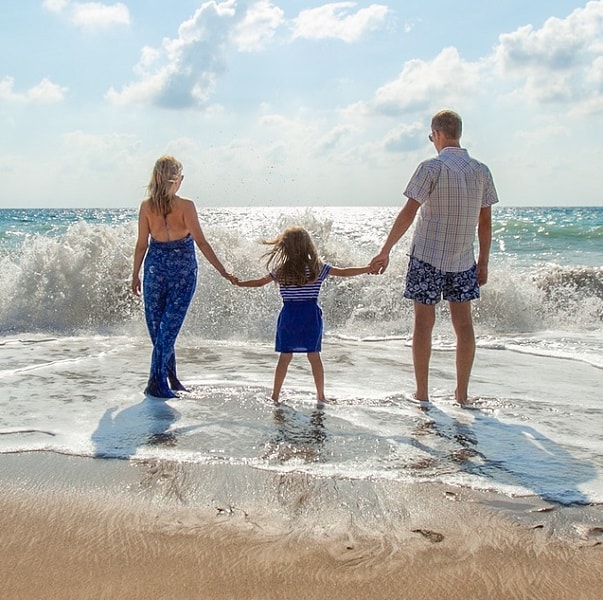
The above deals with government mandated parental leave. Many companies offer additional entitlements. Even a traditional employer like the The Australian Defence Force, one of the largest employers in Australia, offers fathers 1 month of paternity leave at full pay, or 2 months at half pay, instead of the government scheme. In this case, most fathers actually use this entitlement.
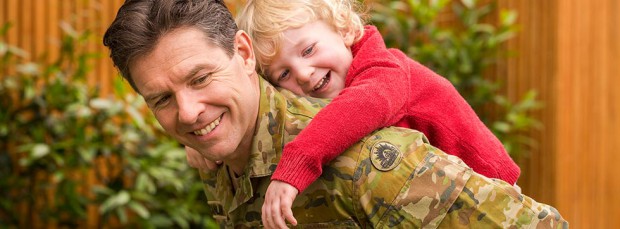
In doing research for this post, I was surprised to find that legally speaking, Japan has extremely generous parental leave entitlements for both men and women – 1 year off paid at 67-50% base salary for both partners! However, due to cultural reasons, most men don’t take much or any time off at all…
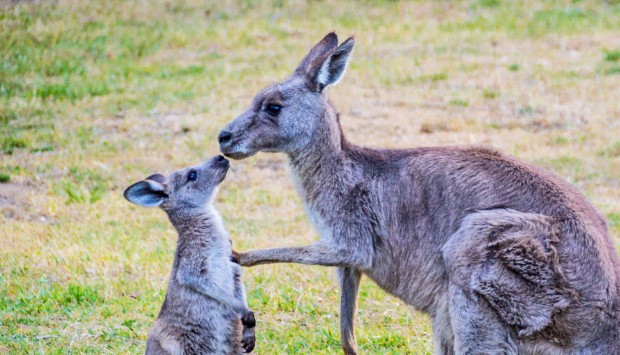
Winter sport in Australia
Q's オーストラリアレポート
While there are places in Australia for Winter sports like snowboarding and skiing, most Australians don’t have economical access to them. So, what sports do they play?
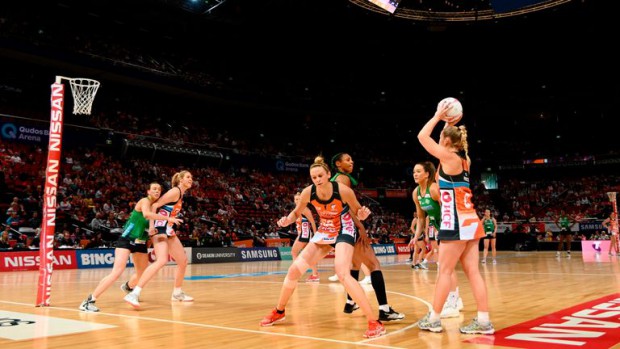
Ball sports are very popular. Soccer is the most popular winter sport overall, with Netball being the most popular with females. Australian Rules Football, Rugby League and Rugby Union are also very popular in Winter, and are considered some of the toughest and most physical sports in the world.
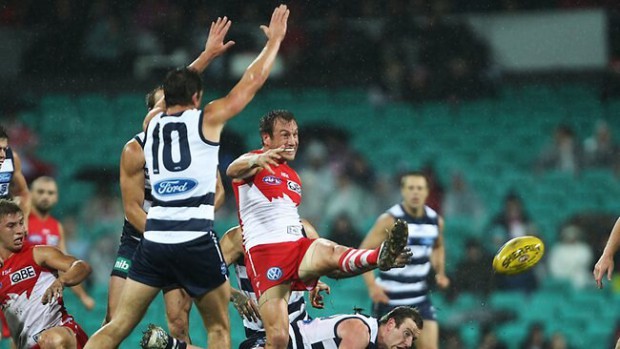
Gymnastics is one of the most popular Winter sports, with over half a million participants. It’s especially popular for children under 13 as it’s seen as a great sport to play indoors and in a safe and non-competitive environment.

Lawn bowls is the most popular Winter sport for senior citizens, with about a quarter million players. It’s a simple game in which players try and land their balls as close as possible to the jack (a smaller white ball) at the other end of the green.
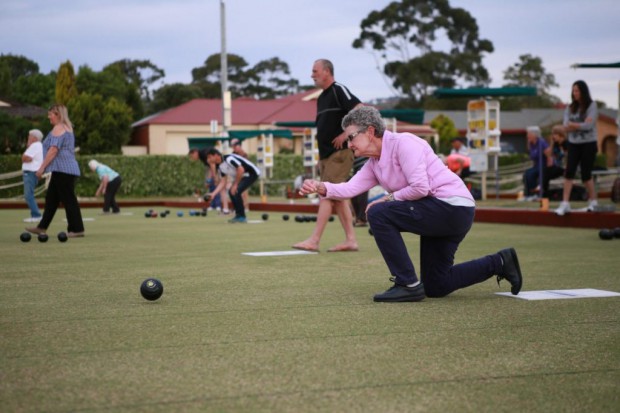
Swimming and surfing are also still popular, even in Winter. Many places have very mild Winters and there are also many indoor, heated pools around, especially in the colder southern states. For the truly adventurous surfers, some of the biggest waves appear in Winter.

There are a lot of wide open spaces in Australia, so horse riding is highly popular in rural towns and areas. Over almost 250,000 Australians ride horses competitively in events like horse racing, equestrian and show jumping while many more ride just for fun.

Australian camping – The Swag
Q's オーストラリアレポート
In Australia, a ‘swag’ is a portable sleeping unit. They were originally a bundle of belongings rolled up to be carried by a foot traveler in ‘the bush’. These days they are a popular alternative to tents for camping.

Before motor transport was common, foot travel over long distances was essential to agriculture in the Australian bush. Swags have been carried by shearers, miners, farmer etc. some of whom were called ‘swagmen’. In other countries swags are sometimes called ‘backpack beds’, ‘cowboy bedrolls’ or just ‘bedrolls’.
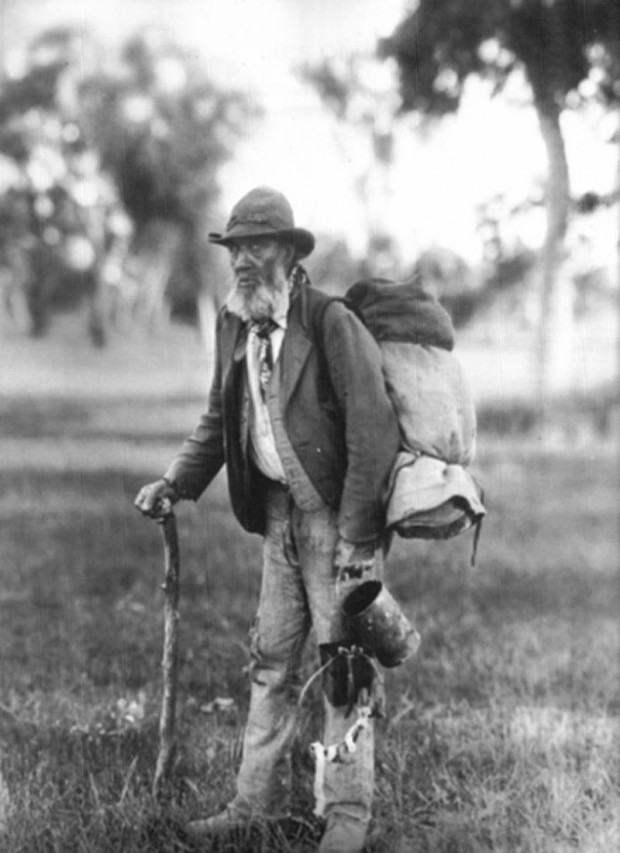
Modern swags have become more like a combination of a small bed and a tent. They are made of waterproof canvas and are usually insect proof. Most swags include a foam mattress, pillow and sleeping bag.
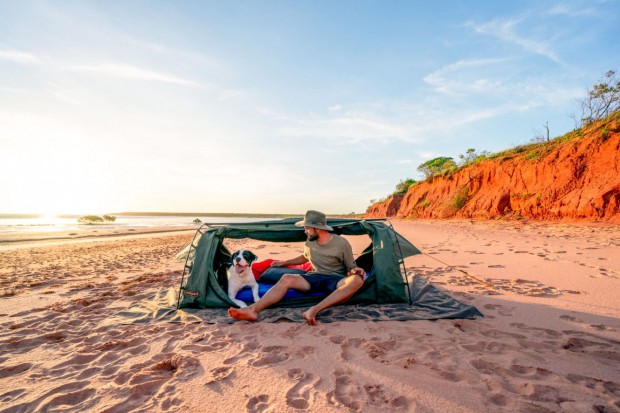
When rolled up, swags are relatively lightweight and compact, making them ideal for storage and transport. They are usually quick and easy to setup and pack up.
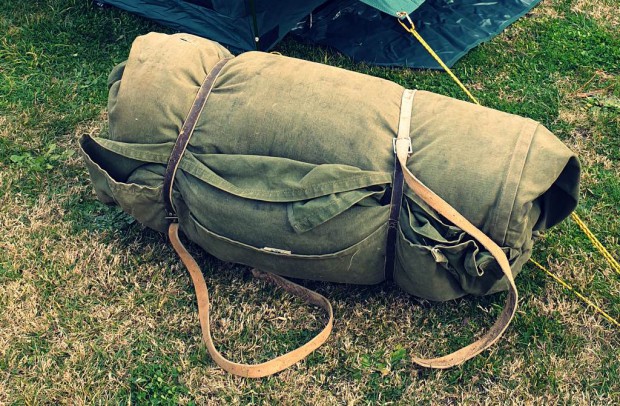
Swags today are designed to be both rugged and comfortable, and are marketed towards people travelling by vehicle. Most of them are too heavy and bulky to be carried long distances on foot.

While bushwalkers and hikers use mostly conventional lightweight tents and sleeping bags, smaller swags are sometimes carried on motorcycles.

Caves in Australia
Q's オーストラリアレポート
There are many caves worth visiting in Australia. Here are a few of the most famous.
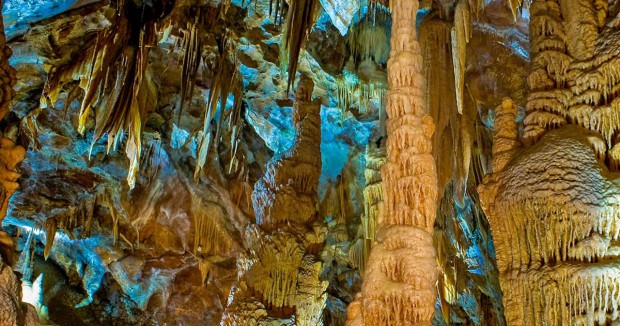
Jenolan Caves, New South Wales
Around three hours from Sydney, the Jenolan Caves are some of Australia’s most popular. This ancient limestone cave system is found in the Greater Blue Mountains World Heritage Area. It is one of the largest caves in the world and has more than 40 kilometres of multi-level passages and over 300 entrances. Scientists consider them the oldest discovered open caves in the world at 340 million years. The cave complex is still being explored.
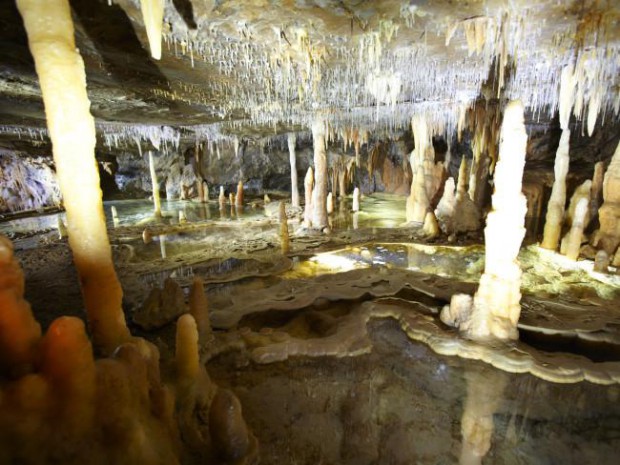
Buchan Caves, Victoria
These caves are located in Gippsland, which is about five hours drive east from Melbourne. Discovered by Europeans in 1907, these ancient limestone caves were carved out by underground rivers long ago. There are many interesting calcite rimmed pools, stalagmites and stalactites. They have a total length of between 3 and 4 kilometres and six entrances. They are the largest cave system in my home state of Victoria.
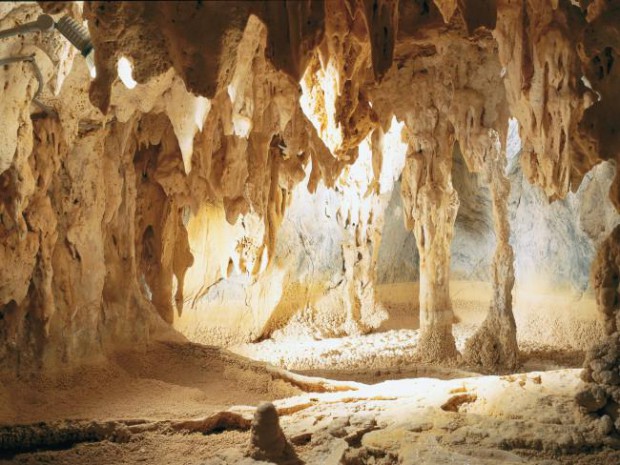
Chillagoe Caves, Queensland
The Chillagoe Caves are located three hours west of Cairns in the Chillagoe-Mungana Caves National Park. There are several spectacular limestone caverns, passages and stalactites, in over 700 caves -some of which run for 11kms. Chillagoe Caves are also a significant cultural site, containing evidence of Indigenous occupation which goes back 37,000 years. Located at the site are Aboriginal paintings as well as numerous examples of chipping rocks and quartz knives, which were used as axes in preparing food.
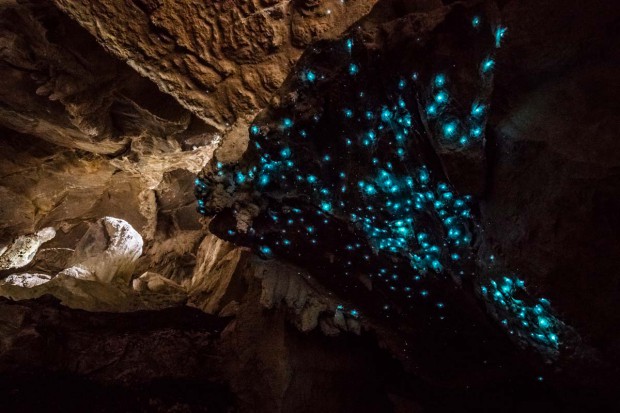
Mystery Creek Caves, Tasmania
Deep in Tasmania’s largest national park, the Mystery Creek Caves are home to many glow worms. They are part of the Ida Bay Caves which are said to be some of the longest in Australia and are not fully explored. The trail to the caves goes along an abandoned tramway track, with a limestone quarry and the cave at the end. Along the track you can find old tin cups, empty 1800-era bottles of whisky and tramway car wheels; all relics of a bygone era.
Q's オーストラリアレポート
One difference between shopping in Japan versus in Australia is the number of second-hand goods stores. For example, there are a lot more used clothes shops here. On the economical end of the spectrum there are opportunity shops, ‘op shops’ for short, sometimes called thrift shops. Op shops get their stock via donations from the public. These shops are becoming more common and it is not unusual to find near-new clothes here for a fraction of their normal price.
Retro clothing stores also sell second-hand clothing, but they specialize in past fashion trends. Clothes from the 60-90s are particularly popular. Unlike thrift shops, clothing stock in these stores is very carefully selected, unique and often expensive. Central Melbourne has quite a few well-known stores that attract many fashion collectors.
Another type of second-hand store is the antique shop, which sells mostly old furniture. Visiting these in country towns is a popular weekend pastime for many Australians. No two shops are alike, and you never know what you might find. Some antique stores focus on particularly rare and beautify items but are often extremely expensive. These shops draw a lot of collectors but may only sell a few items a week.
On the other hand, there are recycling centres. These outlets have a much more unpredictable range of items and focus on value for money and high stock turnover. They are often part of council rubbish processing facilities and are sometimes funded by the city or staffed with volunteers. While some of these stores can seem to be a chaotic mess, at times valuable or useful items can be purchased for only a few dollars.
Q's オーストラリアレポート
It is almost Christmas and once again and many beautiful light displays can be seen all over Melbourne. There is always something interesting to see at Federation Square and this year is no exception. It can get crowded at this popular location!
Not all the most interesting illuminations are in the central business district. Some people make a big effort and turn their homes into mini tourist attractions. There are even websites listing the best homes to visit and suggesting tour routes.
Flinders’ Street Station is an historic landmark worth a look any time of day. At this time of year and at twilight it is especially attractive. There is plenty of traffic around though, so you’ll need to watch your step.
Last, but not least, the Town Hall always puts on an amazing show. The nearby State Library and Princes Bridge are also lit up with colourful Christmas projections every night until Christmas.
Melbourne is Free!
Q's オーストラリアレポート
As I write this, Victoria has had its 10th day of zero cases of coronavirus and zero deaths from the virus. After 15 weeks of strict lockdown, restrictions have eased, and life is returning to ‘normal’ for now. Congratulations Melbourne!
Many people are still cautious, but others have gone out and started to celebrate. Last weekend was the Melbourne Cup long weekend and many people got together in small groups to watch the race and bet on the horses. The racetrack was closed to spectators.
A lot of other people hit the beaches to enjoy the nice weather we have had lately. There are still strict rules about wearing masks and social distancing, so the police were out to enforce them. Understandably, some are anxious about seeing so many people close to each other.
Bars and restaurants are now allowed to serve customers again! However, they are at reduced capacity, and spacing must follow special spacing guidelines. Department stores, like Kmart, were extremely crowded after having been closed for so long.
Australian Insects
Q's オーストラリアレポート
The Ulysses Butterfly is a swallowtail butterfly found in and around Australia. They are also known as the Mountain Blue Butterfly or the Blue Emperor. They can have a wingspan of up to 13 cm. Males are attracted to the colour blue and will fly towards anything blue from 30 metres away.
The Red Baron dragonfly is bright red and usually found living around lagoons and ponds in Australia and New Guinea. Using its four long, horizontal wings it can reach fly up to 35 miles an hour and fly just as gracefully backward by lifting off vertically, helicopter style. Its compound eyes are so large they nearly touch, and each one is made up of about 28,000 single eyes, called ommatidia.
Australia has many colourful jewel beetles. In the past their attractive shells have been used as jewellery or in religious ceremonies. Their colours do not come from pigments but are due to light diffraction by the microscopic structure of their shells. Amazingly, they can greatly delay their larval development in bad environmental conditions for over 25 years! The single longest delayed emergence was a record 51 years.
The Giant Prickly Stick Insect is a large stick insect that can grow up to 15 cm long. The males are smaller than females but have long wings and can fly. Stick insects are nocturnal and docile by nature. They eat the leaves of blackberry, raspberry, oak, rose, hazel, and eucalyptus. They have an amazing defence strategy: they will curl up their tail to mimic a scorpion to bluff off predators when threatened.
